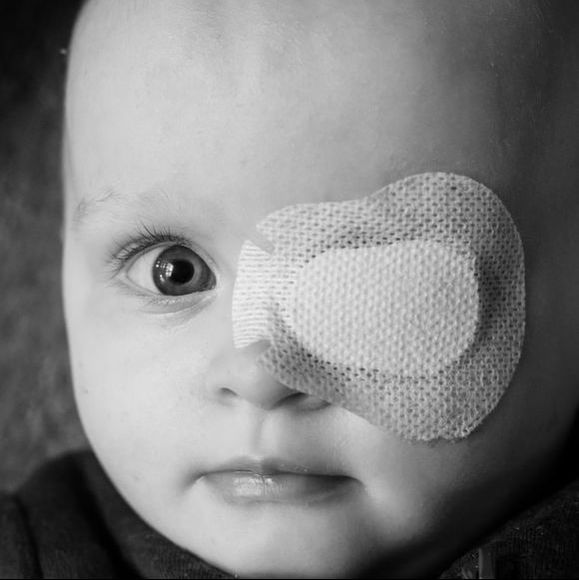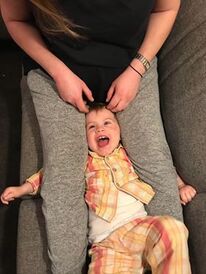Tips and tricksParents' best advice on the daily practicalities of supporting kids with cataracts
These ideas are based on what families say has worked for them. Send us your tips and tricks.
Attending appointments
Celebrating diversity
|
Contact lenses
Patching
|

